Double Duty Beans and Beans in Oklahoma
chickencoupe
9 years ago
Related Stories
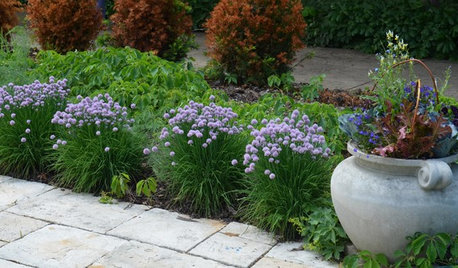
GARDENING GUIDESEdible Plants That Double as Ornamentals
Try growing these tasty plants with your ornamentals for an attractive garden and fresher meals
Full Story
GARDENING GUIDES10 Easy Edibles for First-Time Gardeners
Focus on these beginner-friendly vegetables, herbs, beans and salad greens to start a home farm with little fuss
Full Story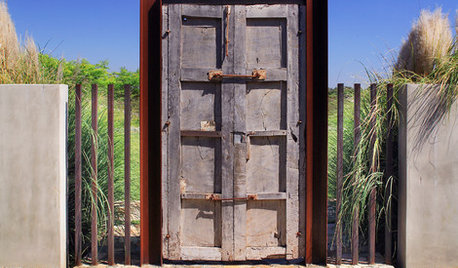
MATERIALSMesquite: The Brawny Beauty for All Over the Home
Denser than other hardwoods and sporting beautiful coloration, mesquite makes a fine material for flooring, countertops, furniture and more
Full Story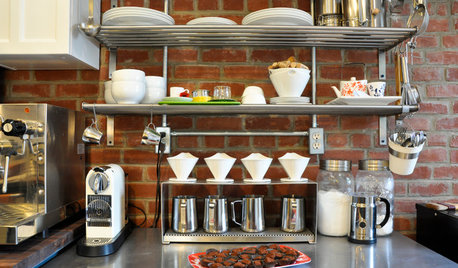
KITCHEN DESIGNSimple Pleasures: Wake Up and Smell the Coffee
Slugging down any old sludge while pulling on socks is no way to start the day. Learn to brew amazing java and savor the experience here
Full Story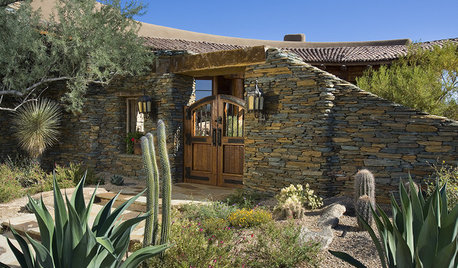
LANDSCAPE DESIGNLay of the Landscape: Southwestern Garden Style
Water may be scarce, but color and striking foliage are as profuse in the desert landscape as the sunsets are breathtaking
Full Story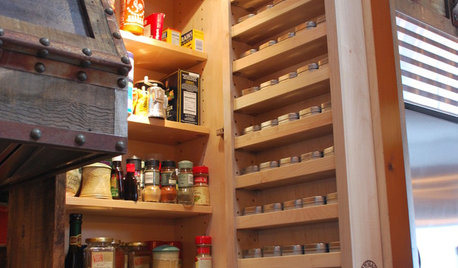
KITCHEN DESIGN7 Steps to Pantry Perfection
Learn from one homeowner’s plan to reorganize her pantry for real life
Full Story
PETSPet-Proofing Your Home: A Room-by-Room Guide
Not all pet dangers are obvious. Keep furry friends safe and sound by handling all of these potential hazards
Full Story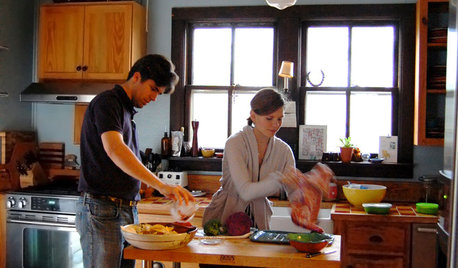
ENTERTAINING8 Stress-Busting Tips for Hosting Small Gatherings
Make entertaining easy with these ideas for casual get-togethers
Full Story
FARM YOUR YARD9 Ways to Change Up Your Vegetable Garden for the Coming Season
Try something new for edible plantings that are more productive than ever
Full Story
EARTH DAY5 Ideas for a More Earth-Friendly Garden
Consider increasing the size of garden beds, filtering rainwater and using plants to reduce energy use
Full StoryMore Discussions







SadieRose
luvncannin
Related Professionals
Allentown Landscape Architects & Landscape Designers · Citrus Heights Landscape Architects & Landscape Designers · Ballenger Creek Landscape Architects & Landscape Designers · San Juan Landscape Architects & Landscape Designers · Athens Landscape Contractors · Clayton Landscape Contractors · Dudley Landscape Contractors · Post Falls Landscape Contractors · Weymouth Landscape Contractors · Silver Firs Landscape Contractors · Sun Valley Landscape Contractors · Alexandria Decks, Patios & Outdoor Enclosures · Chicago Decks, Patios & Outdoor Enclosures · Commerce City Decks, Patios & Outdoor Enclosures · Liberty Decks, Patios & Outdoor Enclosuresgmatx zone 6
johnnycoleman
p_mac
luvncannin
chickencoupeOriginal Author
luvncannin
gmatx zone 6
chickencoupeOriginal Author
p_mac
Okiedawn OK Zone 7
chickencoupeOriginal Author
Macmex
chickencoupeOriginal Author
Okiedawn OK Zone 7
Lisa_H OK
chickencoupeOriginal Author